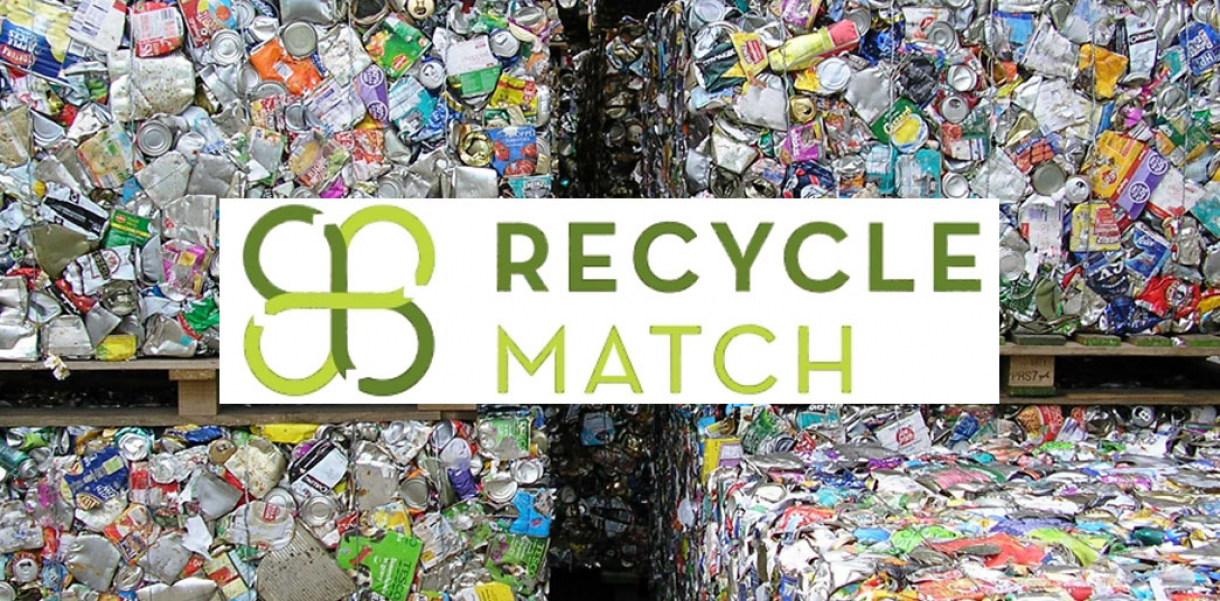The sprawling, polluted capital, Mexico City is to be metamorphosed into an exemplar green city thanks to the urban strategy: Plan Verde. The holistic strategy aims to improve the interaction between the citizens and their environment in order to create a more thoughtful use of resources.
Much like Copenhagen, Mexico City is gaining more and more positive attention for its green initiatives. With a population of more than 20 million people, and a reputation for high crime rates and pollution, the city has set out to change its ways and image through sustainable solutions embedded in the Plan Verde strategy.
Plan Verde is a strategy that focuses on fighting environmental and urban problems with green solutions, and through it the Mexican capital has already become a sustainable role model for other mega cities.
The strategy aims to better the interaction between the citizens and their environment to create a more thoughtful use of natural resources and create behavioral changes in society. It also allows citizens to know what the objectives are and which actions the government proposes for achieving environmental sustainability.
The green plan offers a 15-year strategy with $1 billion-per-year investment to develop new transport, water, waste, land conservation and alternative energy programs for the city. Climate adaptation is a central concern, and a $5.4 billion Climate Action Program aims to reduce the city’s carbon dioxide emissions by 7 million tons—about 12 %—from 2008 to 2013.
Other Plan Verde initiatives include urban gardens and compost piles for 15 middle-class apartment complexes. Collection centers are planned to allow residents to sort, clean, and resell recyclable materials to local industries.
As part of a “Travel by Bike” initiative, 300 km of bike routes are being created in “corridors for non-motorized transport”. There are also nine rapid transport corridors with 200km of restricted lanes being built for buses. And traditional taxis are being replaced by electric cars to cut emissions. In the waste sector there is an ambitious project to capture biogas from a landfill site.
While these are mitigating actions, designed to remedy the mistakes the city inherited from prior poor strategy, or lack thereof, forward-thinking adaptation is also built into the program. For example, one notable element is work on urban ravines to reduce the impact of heavy rain. This is likely to benefit vulnerable low income groups who live in such locations. There is also reforestation and soil conservation on the urban fringe.
A staggering 59% of the total land area of the Federal District of Mexico City is designated as a conservation area. However, there has long been a problem with illegal development, logging and fires. In response, the City has created a special police unit of 1,500 officers to enforce environmental regulations in the land conservation areas.
The many systems around the city are meant not only to bring a better service for people, but also concern aesthetics in relation to Mexico City's context as an international metropolis with great attention to the graphic identity that distinguishes the city's public transportation systems.
The plan is for Mexico City to be turned into an example for the rest of the world by the implementation of climate policies and new systems that will transform the sprawling, polluted capital city into a green urban leader.




